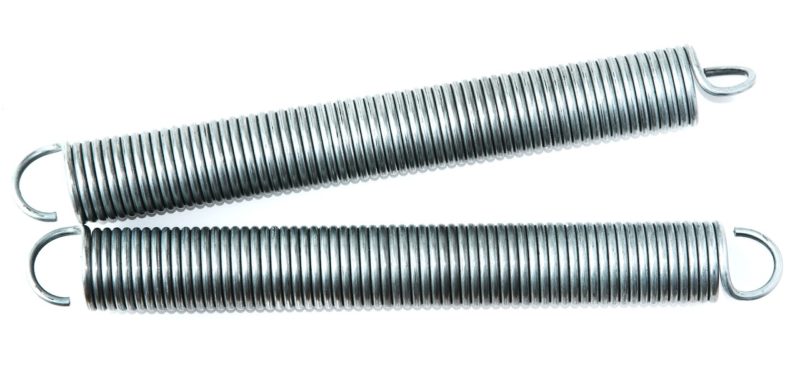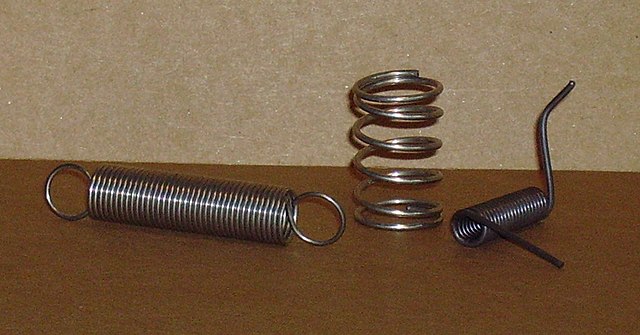5 DIY Ways To Replace Your Garage Door Springs And Save Money
If you think about it, your garage door is one of the most used working components in your home. That is why you need to consider all of the aspects when you are looking for ways to replace the worn-out springs on your garage door. Doing things on your own can be quite enjoyable and cost-efficient. If you’re a hands on person then this solution would be most likely ideal if you’re considering fixing your garage door. All you need to do is ensure your safety and make sure that you’re all set with the needed tools. Here are 5 DIY ways that will help you replace the different types of springs on your garage door.
Extension Springs
Most of the DIYers out there go through a research process to have a full picture of what they will be dealing with. In this case, when looking up ways on how to replace garage door springs, they will have a better understanding of extension springs. Extension springs are known to be the easiest type to replace. You only have to deal with the string’s tension. First, you securely open it with the C-clamps. Then, disconnect the spring from its track bracket and pulley. Make sure to disconnect the safety cable from the other end as well. Finally, you can install your new spring after you reinstall the pulley and reconnect the safety cable.

Open Looped Springs
These springs are one of the easiest to replace. You do not need to worry about having to open the eyebolt or disassembling the pulley. The open looped springs depend on an open wire at the end, which means replacing the entire thing will save you a good amount of money. Being similar to extension springs, you will do similar steps during the replacement. First, you need to make sure everything is disconnected, most importantly the safety cable. Then, after you unwind the springs and set the new ones, you can start reconnecting them back again.
Double Looped Springs
The double looped springs are known to be much stronger than the open looped ones. This is due to the fact that they have 2 coils rather than just a single. It is somehow more challenging while replacing it on your own. However, if you do it with caution, you will get it done relatively easily. Get your toolkit ready and disconnect all the cables before you start unwinding the springs. Make sure that you face the springs while unwinding them. Once the unwinding process is done, you can install the new springs and you’re ready to go.

Torsion Springs
Many people make exaggerated claims of how torsion springs are for pros rather than DIYers. In fact, torsion springs can be as easy as any other type of spring. The tension of the spring is what the trick is all about, and so will require more of your focus. For this task, you will be doing the unwinding process with a winding cone at a metal fitting area attached on the outside of the spring. You also need to make sure that the door is closed before you start working. The next step would be unbolting the springs and disconnecting the cables from the pulleys. After that, you can swap the springs and reconnect everything back again. Then, use the winding cone to ensure the spring tension.

User:Renard~enwiki [CC BY-SA 3.0]
Torque Master Springs
Torque springs are one of the safest spring types to use, which withstand a good amount of tension. While replacing these springs, you need to close the door properly before starting. First, start by unloading all of the springs on your garage door before you unbolt them from the central rod bracket. Then you can start using the winding cone to unwind the springs from the rod. It’s important to mention that everything needs to be disconnected to be safe and to get the job done. Afterwards, you simply replace your springs and reattach the pulleys and cables. After you’re done, make sure that you secure the inside ends of the springs to the central bracket again.

Most of the home improvement or repair tasks can be easily done on your own. When you decide on replacing the springs on your garage door, you will get to know how easy it can be with the previously mentioned ways. In order to get the job done, make sure you’re properly prepared. Prepare your toolkit with everything you will need, do your research on the right type of springs to use, and then simply get to work.









